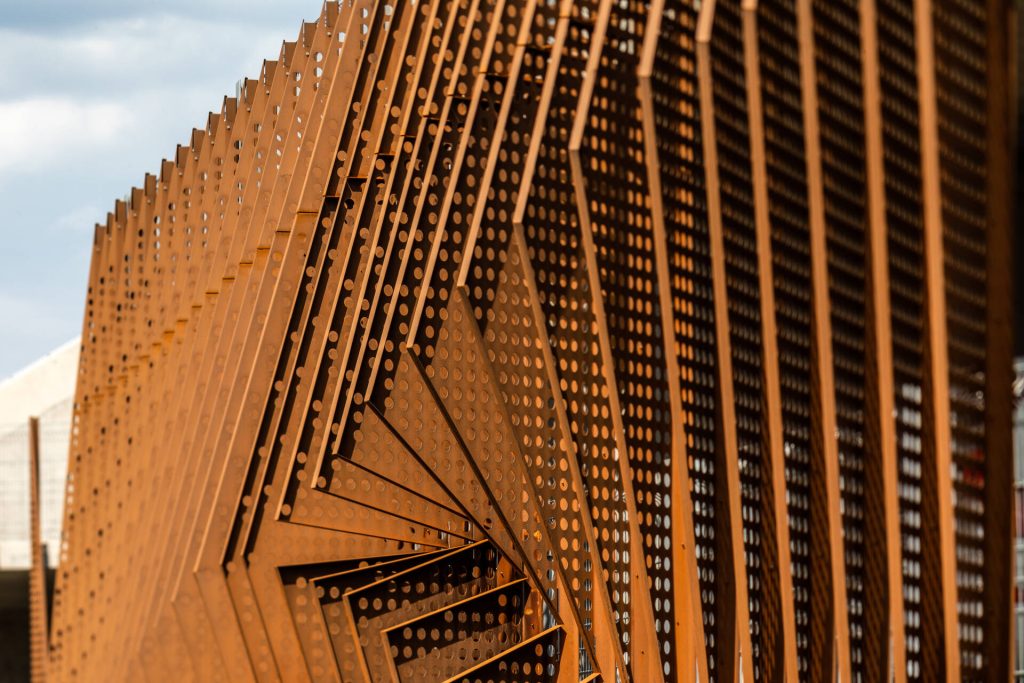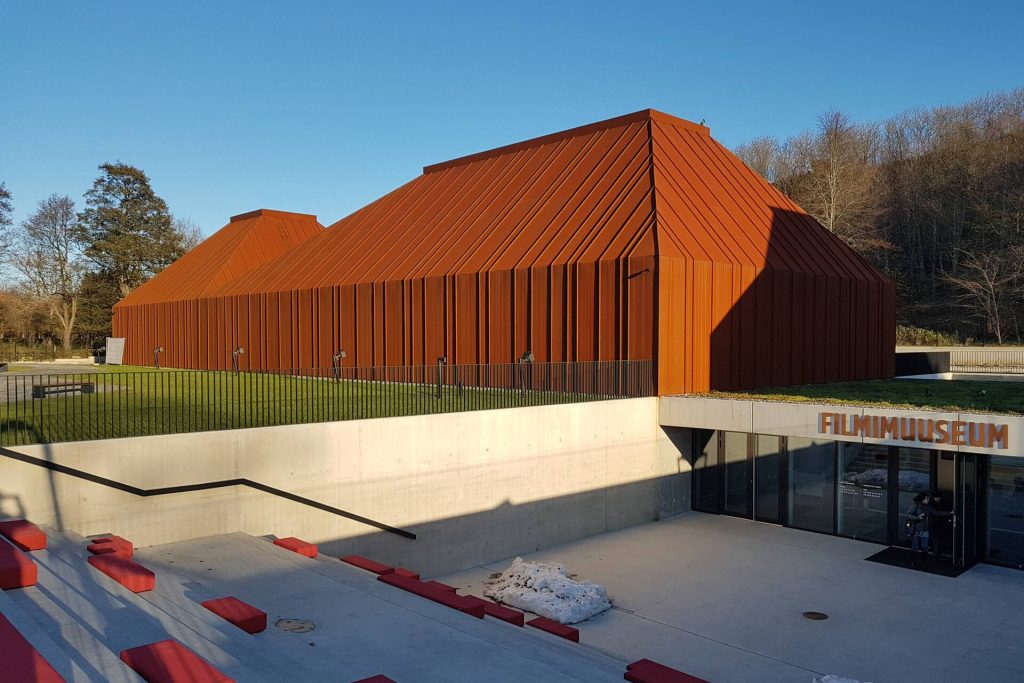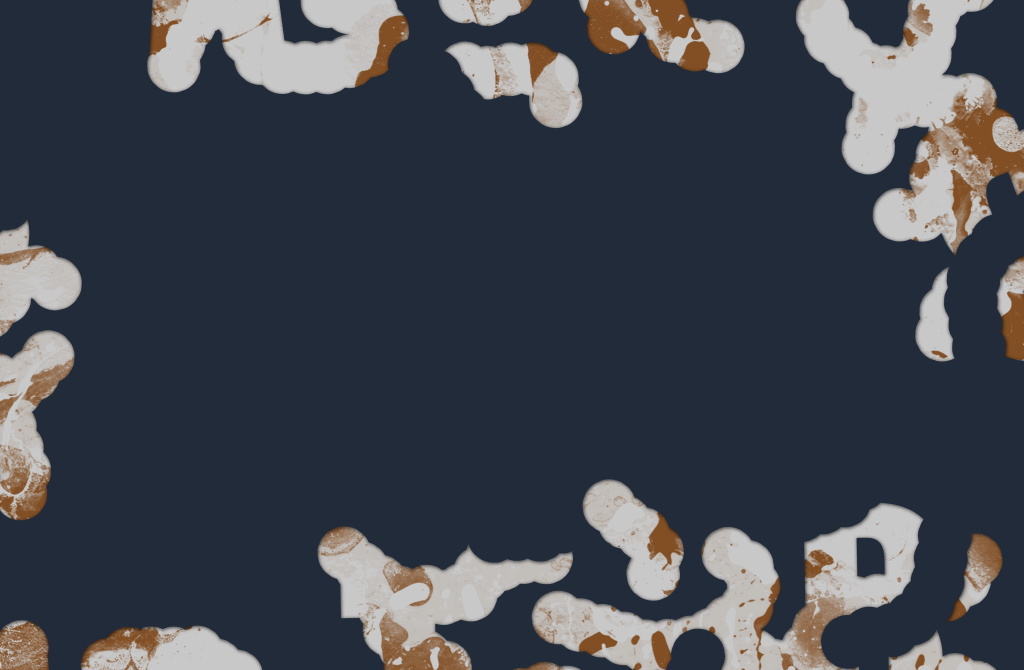Interview with partner: Ruukki

Why Ruukki has decided to collaborate with TAB 2022?
We work together with TAB 2022 because we have a lot in common. Ruukki also shares the vision of a sustainable future. Focal part of our strategy is sustainable growth. We develop our offering and operations to help our customers be at the forefront of sustainability.
We know that we can play a significant role in this journey, because the building material choices investors, architects and construction companies make today, build the future that we are working towards working together.
Ruukki is a reliable partner in bringing the boldest architectural ideas into structural reality – both everyday and large-scale projects.
How great design and well-selected materials can improve our urban environment? (please add some examples).
This is possible in a number of different ways.
First of all, of course, in the form of a visual plan. Solutions that are special and eye catching help make the urban space memorable, bringing character into it. One of the basic materials used by Ruukki is steel, which can be given all kinds of shapes and forms – this is basically every architect’s dream.
On the other hand, innovative materials and smart design also make it possible to support sustainability. Be it through low maintenance costs or by reducing building utility costs.
Long-lasting COR-TEN steel is a completely maintenance-free material. Our most prominent COR-TEN objects are the Film Museum and Airport car park, in Tallinn, and the facade of the Tartu University Hospital, in Tartu.
Perforated products decorate the facades, but also shade the sun. Cool shelters can be created outdoors, one such example is the Tallinn Airport car park. During the summer period, such a facade will provide significant savings on the cost of cooling interior spaces. A good example is the Tartu Eden shopping centre.
Of the new products, Primo Skyline’s large aluminium composite cassettes can be highlighted, which also allow the building to be given a distinctive exterior.

How is your field becoming more environmentally conscious?
Steel is already the best recyclable material in the world, up to 100%. By using steel, we reduce the need for producing new materials, which would involve carbon emissions.
In 2026, we will be the first manufacturer to offer fossil-free steel products for roofs and walls. The total carbon emissions of these products will be reduced by around 85%.
Of course, we make our contribution to environmental sustainability already today – Ruukki’s products are truly long-term, and we offer them with a warranty of up to 50 years.
Long warranties reduce the need for maintenance, which in turn decreases carbon emissions. And even if heavy rainfalls become more common due to climate change, Ruukki’s steel roofs can withstand such challenging weather conditions.
How Ruukki is using by-products and what can others learn from you?
Our strategy on waste is quite straight forward – we are trying to minimize the amount of waste as much as possible and maintain that level.
Steel allows almost 100% of waste to be recycled again, and that is what we do. There is no restriction on the number of times that steel can be recycled. By 2026, raw material waste, such as steel sheet and mineral wool, will be reduced during production processes.
The focus is also on packaging materials. Where possible, plastic will be replaced with bio-based packaging materials. When less packaging material is used, there will also be less customer waste.
We are also optimizing our logistics. Our ambition is to be as close to our customers as possible, with local production, to reduce the need for transportation and associated emissions.
What do you think architects can learn from nature while planning our cities?
Nature is a circular system, one that is born, grows, dies and is then born again, and grows and dies. Cities are also born and grow and must die at some point in order to be reborn. When reborn, the recovery of dead material is important. Steel is one of the products that can be recycled.
